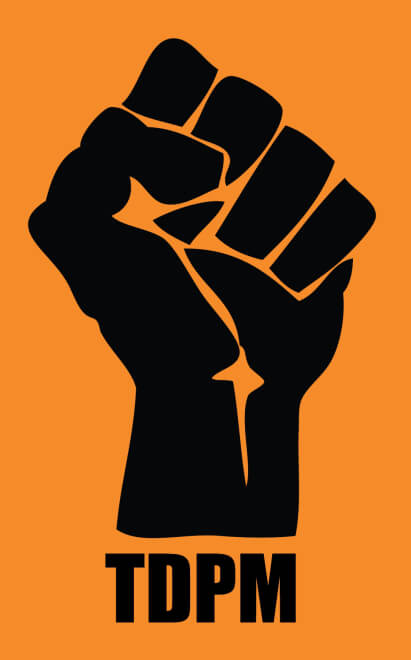Toronto’s Disability Pride sheds light on municipal shortcomings for those with disabilities
In its seventh year, the march serves as a reminder of just how much change still needs to be made
Emily Macrae
 “My disability is not your punch line.” This hand-lettered sign set the tone for the seventh annual Toronto Disability Pride March. On a sweltering Saturday afternoon in September, disabled activists and allies gathered in the shade of Queen’s Park for politically-charged speeches and personal celebrations before marching down Bay Street. The event emerged from Toronto’s Occupy Movement, but it has evolved to balance protest with pride in the experiences and accomplishments of people with disabilities.
“My disability is not your punch line.” This hand-lettered sign set the tone for the seventh annual Toronto Disability Pride March. On a sweltering Saturday afternoon in September, disabled activists and allies gathered in the shade of Queen’s Park for politically-charged speeches and personal celebrations before marching down Bay Street. The event emerged from Toronto’s Occupy Movement, but it has evolved to balance protest with pride in the experiences and accomplishments of people with disabilities.
The march began in 2011 in response to municipal shortcomings in Toronto. “Back in those days Rob Ford was [the mayor] and trying to make cuts to things like social housing and Wheel-Trans and TTC [the transit commission] and a lot of those changes were really impacting the disability community,” says founder and co-organizer Melissa Graham. “We weren’t seeing ourselves reflected in all of the movements and activist activities that were going on.”
In subsequent years, the march has still aimed to raise awareness of many of the same issues: housing, transit, and low- and unpaid labour. The conversation has also expanded in recognition of how race, gender, and class intersect with disability. According to Graham, this year’s speakers reflect “a better understanding of who gets to speak, and why.”
Although the Toronto Disability Pride March has a small core group of organizers, the strength of their approach is in building relationships with other activists to extend the spirit of the march all year long. In addition to supporting increases to the minimum wage, the Toronto Disability Pride March collaborated with the Alliance for Equality of Blind Canadians to promote the Sidewalks for All campaign. The goal is to make cities more accessible by ensuring a minimum 2.1-metre pedestrian clearway on sidewalks.
Disability awareness consultant Andrew Gurza attended in 2012 and remembers the event as cold and sombre. As a queer disabled man, Gurza says, “when I think of pride I think of a celebration, something festive.”
Since that time, the event has moved from October to September in hopes of better weather but the focus is still on highlighting issues that disproportionately affect people with disabilities. Graham stresses that it’s a march, not a parade. However, Gurza sees a need for celebration: “We can embrace our disabled identities and enjoy it…sometimes I think we just need to have a party for ourselves.”
Positivity was back on the agenda for this year’s march, which culminated in a celebration of Beverly Smith, a Toronto Disability Pride March co-organizer and anti-poverty activist who passed away in November 2016. To honour her work, the march concluded with performances by comic Courtney Gilmour and hip hop artist Mohammed Ali. The inaugural Beverly Smith Community Engagement Award was given to longtime disability pride supporter and emerging artist Romeo Dontae Pierre Biggz.
Reflecting on the late Smith’s legacy, Graham noted, “one of the things that she was really good at was recognizing people who are making an effort in the community but who aren’t getting noticed.” As an event run both for and by people with disabilities, the Toronto Disability Pride March recognizes not just individual artists and organizers but a community of identities too often defined by shame and stereotypes originating outside of disabled experiences.
Saturday’s march made disability visible in Toronto, but disability pride is a growing and global movement. Richmond, British Columbia, hosted the province’s first disability pride event in June while thousands attend New York City’s annual Disability Pride Parade, which started in 2015.
For Graham, one of the best things about the march is that it gives people with disabilities an opportunity to be seen and heard: “Disability activism that took to the streets used to be something that people did just to get the curbs cut and access to schools…so in a way it’s bringing back an older method of organizing and revamping it for 2017.”